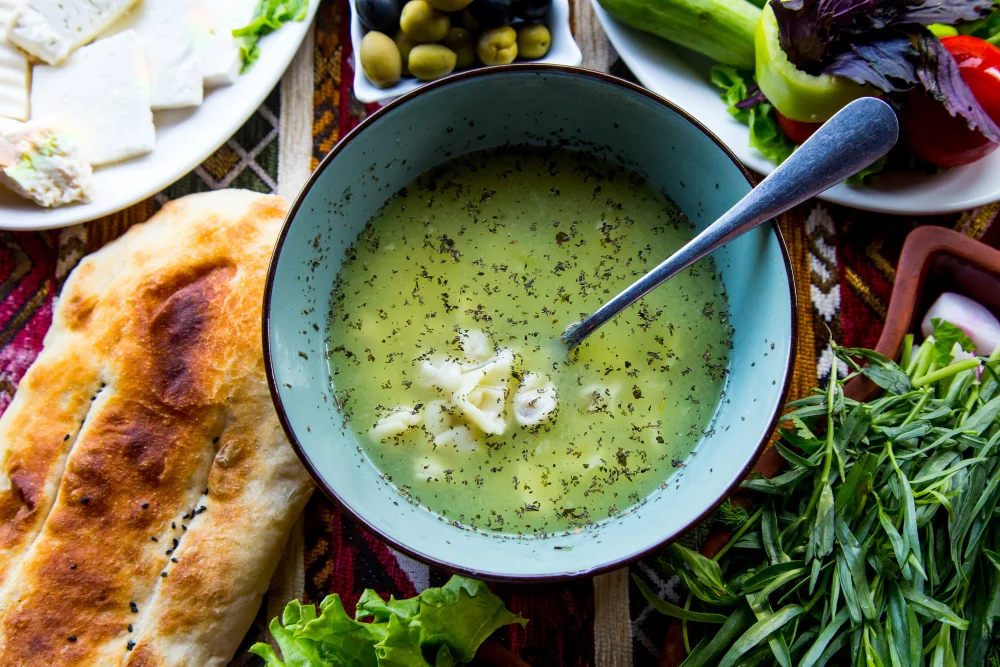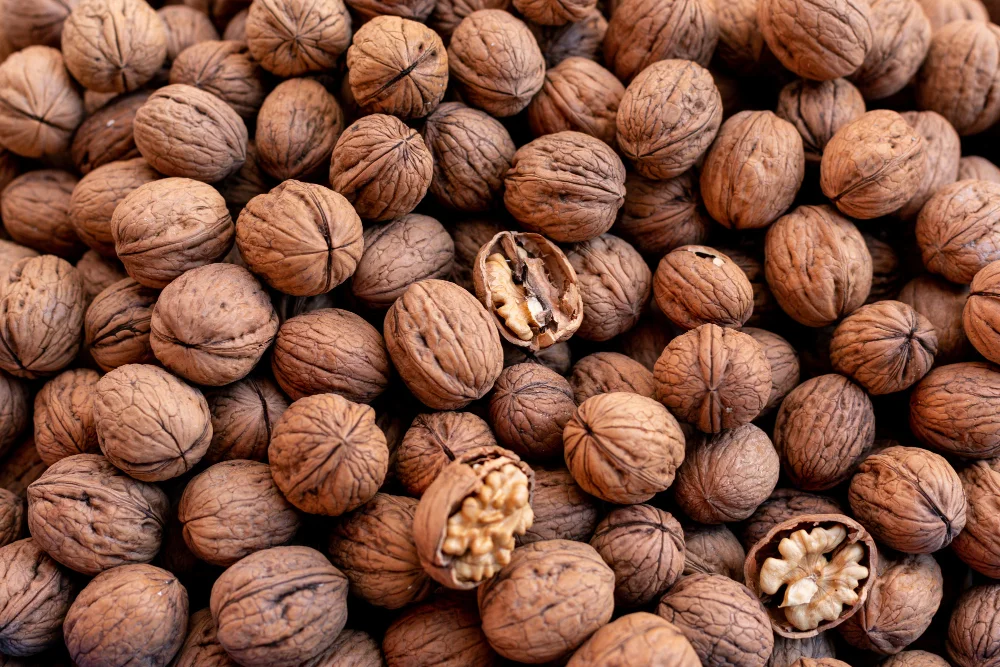Have you ever stood in the frozen food aisle, staring at two nearly identical green soy options—mukimame and edamame—wondering if they’re just the same thing in different packaging? I found myself in that exact situation during my first year living in Austria. I’d always ordered edamame as a starter at sushi restaurants, but when I came across “mukimame” in a supermarket, I wasn’t sure what I was actually buying. That small moment led me to dig deeper—and today, I’ll share everything I discovered about these two soy superstars, with real expert insights, nutritional comparisons, and tips on how to actually use them in your cooking.
What Are Edamame and Mukimame?
Edamame: The Soybeans in Their Pods
Edamame are young, green soybeans still encased in their pods. They’re harvested earlier than mature soybeans, which are typically used for tofu, soy milk, or animal feed. The word edamame is Japanese, meaning “beans on branches,” reflecting how they grow.
If you’ve ever ordered them in a Japanese restaurant, you’ll know they’re usually served steamed or boiled, sprinkled with sea salt, and eaten by popping the beans directly into your mouth from the pod. The pod itself is fibrous and not edible.
Mukimame: The Shelled Version
Mukimame is essentially the same soybean as edamame but already shelled. The term muki comes from Japanese, meaning “peeled” or “shelled.” So, mukimame = shelled edamame. They’re the same vegetable, just in two different forms of preparation.
This simple distinction—pod vs. no pod—can make a big difference in convenience, cooking style, and even how we consume them.
Nutritional Comparison: Mukimame vs Edamame
On a nutrient level, mukimame and edamame are virtually identical since they come from the same bean. However, the way we measure them (with pods vs. without pods) can affect portion size and perception.
According to the USDA:
- Edamame (in pods): Around 120 kcal, 11g protein, 9g carbs, 5g fibre per 100g.
- Mukimame (shelled beans only): Around 130 kcal, 12g protein, 10g carbs, 5g fibre per 100g.
➡️ The small differences mostly come from the serving method (since you’re not eating the pods in edamame). Mukimame gives you just the edible portion, which makes calorie and protein counts slightly more concentrated.
Expert Insight: Dr. Lisa Young, a registered dietitian and author of Finally Full, Finally Slim, highlights that soybeans are “a great source of plant-based protein and fibre, making them ideal for both vegetarians and meat-eaters who want a healthier snack or side.”
This makes both mukimame and edamame particularly attractive to anyone seeking protein-dense, plant-forward eating.
Convenience Factor: When to Use Each
One of the main distinctions is convenience.
- Edamame in pods is perfect for snacking. There’s a mindful aspect to eating them—popping beans from pods slows you down, almost like cracking pistachios.
- Mukimame, however, is ideal for recipes. Since the beans are already shelled, they’re ready to throw into salads, stir-fries, poke bowls, or soups.
Personal Note: I once tried making a quick quinoa salad for lunch and used mukimame instead of chickpeas. It gave the dish a fresh, slightly nutty taste and kept me full for hours. That swap wouldn’t have worked with podded edamame—too much effort!
Taste and Texture: Are They Any Different?
Taste-wise, both are mild, slightly sweet, and nutty. The difference comes from how you experience them:
- Edamame in pods feels like a snack ritual—there’s something fun about squeezing the beans out.
- Mukimame feels more like an ingredient than a snack—it integrates seamlessly into dishes.
Think of it this way: eating edamame pods is like cracking sunflower seeds at a baseball game, while using mukimame is like tossing chickpeas into a salad. The bean is the same, but the context changes.
Health Benefits of Soybeans
Both mukimame and edamame share a robust set of health benefits:
- High in protein: Around 12g per 100g, making them a complete protein source (rare in plants).
- Rich in fibre: Supports digestion and satiety.
- Packed with vitamins and minerals: Folate, vitamin K, iron, and magnesium.
- Isoflavones: Plant compounds linked to heart health and hormonal balance. A 2021 review in Critical Reviews in Food Science and Nutrition noted that regular soy intake can reduce LDL cholesterol levels.
Debunking a myth: Some people worry about soy and hormones. Registered dietitian Taylor Wallace, PhD, reassures that “the phytoestrogens in soy do not disrupt hormones in men or women—in fact, evidence shows they can be beneficial for bone and heart health.” (Source: NIH).
Practical Ways to Use Mukimame and Edamame
Here are some tested ideas for both:
Edamame Ideas:
- Steamed with sea salt as a side dish.
- Tossed in chilli flakes and sesame oil for a spicy snack.
- Served alongside sushi or ramen for a traditional Japanese touch.
Mukimame Ideas:
- Mixed into quinoa or grain bowls.
- Blended into hummus for a soy-based twist.
- Added to stir-fries or fried rice.
- Sprinkled on top of salads for extra protein.
➡️ Pro tip: If you’re meal-prepping, mukimame saves serious time since there’s no shelling involved.
Sustainability Angle
Soy has a complex environmental story. Large-scale soy farming contributes to deforestation in South America, but most of that soy goes to animal feed, not direct human consumption. When you eat soybeans directly—as edamame or mukimame—you’re actually making a more sustainable food choice.
According to the World Wildlife Fund, only about 7% of global soy is consumed by humans, while over 75% is used as animal feed. That means choosing edamame or mukimame is not just healthy but environmentally conscious.
FAQs:
Q: Are mukimame and edamame the same thing?
Yes, they’re the same bean. The only difference is that edamame comes in the pod, while mukimame is shelled.
Q: Which is healthier, edamame or mukimame?
They’re nutritionally identical. Mukimame may seem slightly higher in protein and calories per serving, but that’s only because you’re measuring the edible portion directly.
Q: Can you use them interchangeably in recipes?
For the most part, yes. Use edamame for snacking, mukimame for cooking.
Q: Are edamame and mukimame gluten-free?
Yes, naturally—they’re just soybeans.
Final Takeaways
If you’ve ever wondered about mukimame vs edamame, the answer is simple: they’re the same bean, but in different forms.
- Go for edamame in pods when you want a mindful, salty snack.
- Opt for mukimame when you need convenience and versatility in recipes.
Both are nutrient-dense, protein-rich, and sustainable options for anyone aiming to eat more plant-based foods.
Let’s Hear From You
Have you tried both mukimame and edamame? Which do you prefer—and how do you use them in your kitchen? Drop a comment below—I’d love to hear your favourite recipes or any creative swaps you’ve discovered!
Read Also: Liver’s Flavor: Taste, Nutrition, Dishes, and Personal Experiences.
















